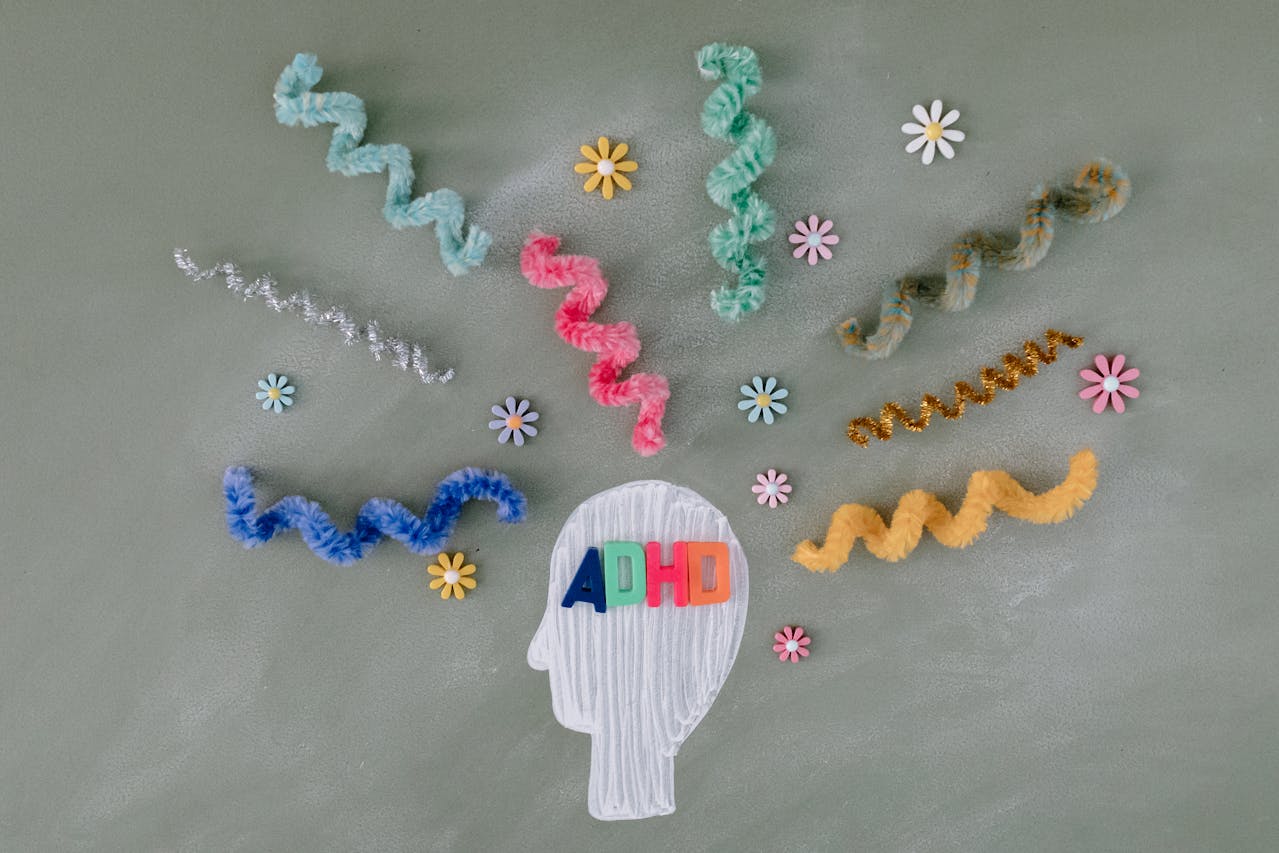

ADHD can be easily misunderstood as excessive impulsivity or being easily distracted. In reality, for many adults, it’s a daily battle against time blindness, impulsivity, and disorganization. Medications and therapy may help, but AI tools may provide immediate and practical support.
But can AI help people with ADHD stay on track? The answer is yes, but there are caveats. There is some evidence that AI technologies can improve the accuracy of ADHD diagnoses. However, models still lack consistency and comprehensive validation.
Let’s explore how AI can contribute to ADHD brain productivity, examining its strengths and weaknesses, and learn how to utilize it effectively.
The ADHD Brain: A Complex Landscape of Executive Function Challenges
Before diving headfirst into the exciting realm of AI solutions, it’s crucial to understand how ADHD brains process information and why their symptoms can be so disruptive in daily life. Essentially, ADHD is a neurodevelopmental condition that negatively impacts executive function. Specifically, this refers to the cognitive skills that enable a person to plan, prioritize tasks, manage their time effectively, remember details, initiate projects, and, most importantly, complete them.
Adult ADHD symptoms that are often debilitating are;
- Difficulty starting or finishing tasks. When even straightforward tasks seem insurmountable, this phenomenon is known as “initiation paralysis.”
- Easily getting sidetracked. A constant struggle to maintain focus, with internal and external stimuli often pulling the attention away.
- Forgetting appointments or deadlines. Even with the best intentions, important commitments often fall through the cracks.
- Losing items or mismanaging time. There may be persistent disorganization, losing keys and phones, or being unable to estimate how long tasks will take.
- Procrastinating, then overcompensating. As a result of avoiding tasks until the last minute, you experience sudden bursts of frantic activity.
ADHD brains tend to seek high levels of stimulation and reject anything mundane, overwhelming, or requiring sustained effort. Consequently, traditional productivity advice, such as rigidly timeblocking every minute or relying solely on static to-do lists, often fails to work for individuals with ADHD. As a result, these methods fail to account for attention fluctuation, challenges associated with task initiation, and differences in dopamine regulation.
This is where artificial intelligence comes into play. Using AI-based tools, users can receive real-time help, set automatic gentle reminders, alleviate decision fatigue, and receive subtle, non-judgmental nudges that help them focus and stay on track.
AI as Your Executive Function Assistant: Adapting to Your Brain
At its best, AI does not attempt to alter the way your brain operates fundamentally. Instead, it provides external scaffolding and support where internal executive functions may be weak, ingeniously adapting to your brain’s natural tendencies.
Managing tasks smartly with a dynamic to-do list.
To-do lists, which are traditionally static and can be helpful to those with ADHD, can quickly turn into overwhelming, guilt-inducing lists. Here is where task management software, often powered by artificial intelligence, truly shines. Tools like Motion and Sunsama, as well as AI features on platforms like Notion AI, revolutionize task management. Because they are more dynamic and responsive than simple checklists, they can;
- Auto-schedule tasks. Using these tools, you can schedule tasks automatically based on your availability, urgency, and even estimated time requirements.
- Dynamic re-prioritization. As deadlines shift or unexpected tasks arise, AI can intelligently rearrange other items, letting you adjust your schedule without manually re-evaluating every item.
- Break down large tasks. “Initiation walls” are common ADHD hurdles when undertaking a challenging project. By using AI, large, amorphous tasks can be broken down into smaller, more manageable steps.
- Non-intrusive reminders. When it’s time to switch tasks or if a deadline is approaching, these tools can send gentle reminders rather than overwhelming pings.
If you’re struggling with task initiation and prioritization, receiving a single, clear “next step” can be transformative, removing paralyzing overwhelm and replacing it with a sense of direction.
Bonus tip. With an AI-powered daily planner and smart task manager, you can track progress and refocus when you get sidetracked.
An intelligent distraction blocker for your digital body.
Due to ADHD’s inherent search for stimulation, digital distractions are an insidious threat. In addition to simple website blockers, AI-powered focus tools such as RescueTime, Freedom, and Serene provide sophisticated solutions. If you veer off course, they provide intelligent feedback and interventions.
- RescueTime. Using this app, you can view how you spend your time online and receive personalized alerts, such as “You’ve been off-task for 15 minutes. Would you like to get back on task now?”
- Freedom. In addition to blocking distracting websites and apps during designated “work sprints,” Freedom offers customized focus environments to minimize distractions.
- Serene. By combining guided planning sessions, structured focus blocks, and built-in breaks, this tool promotes sustained attention and prevents burnout.
Because these tools mimic the concept of “body doubling,” a highly effective ADHD strategy, they provide a gentle external structure and accountability by having another person (or in this case, an intelligent digital “presence”) to anchor you to your task.
Offloading mental clutter with voice assistants.
The sheer number of things to remember, like appointments, medications, random thoughts, and daily routines, can overwhelm the ADHD brain and create a sense of mental chaos. With Google Assistant, Amazon Alexa, and Apple’s Siri, you can offload this cognitive burden incredibly simply and effectively.
As an alternative to trying to remember every detail, you can simply vocalize what you need: “Hey Siri, remind me to take my meds at 2 p.m.” or “Alexa, add ‘buy cat food’ to my shopping list.” In addition to simple reminders, you can also program complex routines.
- Morning checklist. “Good morning, Alexa. Remind me to take my medication, drink water, and check my planner.”
- End-of-day recaps. This routine encourages you to review your daily tasks and prepare for tomorrow.
- Smart home automations. To help you wind down, lights can dim automatically, or music can play to signal bedtime.
In times of time blindness, voice assistants provide externalized structures and nonjudgmental support, gently nudging users throughout the day without the pressure of an adult.
Your personal ADHD coach.
The use of tools like ChatGPT (and other large language models) may seem like a mere writing assistant. They are, however, surprisingly helpful in managing ADHD and have incredibly impactful effects. ADHD users may find that LLMs can be a valuable “coach” or “accountability buddy” who is readily available, patient, and non-judgmental.
ChatGPT can be used for the following;
- Realistic day planning.“Due to my tendency to get distracted, I need help planning my daily work schedule. Three main things I need to do: [list tasks].”
- Complex task breakdown. “Break up the task of organizing the garage into its smallest steps, assuming I have ADHD.”
- Brain-dumping and organization. Ask ChatGPT to organize your swirling thoughts into actionable categories or checklists.
- Drafting “scripts.” To minimize anxiety and ensure clarity, consider writing polite emails to request extensions, decline invitations, or prepare for difficult conversations.
- Positive reinforcement. A simple word of encouragement or praise could motivate you.
When your executive functions are feeling overwhelmed, ChatGPT can offer structure and guidance, offering structure and direction 24/7.
AI Isn’t Magic — But It Can Be a Multiplier
I want to be very clear: AI cannot cure ADHD. It can’t change your brain chemistry or magically erase procrastination, forgetfulness, or tendencies to feel overwhelmed. In the right hands, however, AI tools can be a powerful multiplier for your existing strategies and strengths.
In terms of ADHD support, AI is most effective in the following ways:
- Personalization is key. Don’t use generic templates. Instead, create AI tools tailored to your unique habits, energy patterns, peak focus times, and ADHD challenges.
- Consistency over intensity. Continuous, gentle AI support is much more effective than drastic changes that quickly fizzle.
- Embrace non-perfectionism. Instead of making you a flawless productivity machine, these tools help lighten your mental load. Don’t worry if some days are more complex than others.
- Integration with real-world support. AI should be used in conjunction with professional therapy, medication, ADHD coaching, and genuine human accountability.
When AI Backfires (and What to Watch For)
While AI has many benefits, it also has potential pitfalls, particularly for individuals with ADHD.
Over-optimization is a trap.
One of the most common ADHD patterns is hyperfocusing on new systems. In an attempt to create the “perfect” productivity setup, some users jump between new apps, endlessly tweak workflows, and devote hours to research. The result is “productive procrastination” — a lot of effort and mental energy spent, but with limited results.
Solution? Choose one or two primary AI tools and use them for at least 30 days. Don’t be swayed by the novelty of the new app. Instead, think about tangible results and actual progress.
Overload of notifications.
There is already a tendency for the ADHD brain to feel overstimulated. An overabundance of pings, alerts, pop-ups, and AI-generated nudges is more likely to distract rather than help.
Solution? Keep notifications to a minimum. Be sure to limit them to truly essential reminders and interventions, and make sure that they are context-specific. Often, less is more.
AI misalignments.
There are AI tools that are not designed with neurodivergent brains in mind. Many assume linear workflows, sustained attention spans, and typical memories. Likely, a tool isn’t a good fit for your brain if it feels clunky, forced, overwhelming, or requires too much mental effort to use.
Solution? Trust your instincts. If a tool consistently adds to your mental load or makes your day more difficult, it may not be the right fit for you. As such, make sure you don’t force it.
Real Talk: What Actually Helps Most
To understand how AI can support your ADHD brain, start with these tools;
- Google Calendar + Motion (or similar smart scheduler). With AI scheduling and task adjustments in real-time, your time and tasks will be visually organized.
- ChatGPT (or another reliable LLM). To break down complex tasks, brainstorm, generate routines, and serve as a non-judgmental thought partner.
- RescueTime or Serene (or similar focus trackers). You can use it to monitor your focus passively, gently nudging you back on task, and getting insights into how you work.
However, remember that even the most sophisticated tools won’t work if you don’t utilize them. So, you should start small. Implement one change at a time. By using AI, you can create momentum, improve mental friction, and build consistency instead of chasing an elusive state of perfection.
Final Thoughts: Tech with Compassion
ADHD is not a moral failure; it’s a difference in brain wiring. When AI is deployed compassionately and non-judgmentally, you can stay afloat when executive functions are exhausted.
Furthermore, it won’t replace therapy, medication, or a human connection that can’t be replaced. In other words, it can be a gentle reminder, a silent organizer of your swirling thoughts, or just enough external structure to keep you going.
In the ongoing debate between AI and ADHD, the goal is not to “win.” The purpose is to establish a collaborative partnership, working with your unique brain rather than against it, to unlock your full potential and live a more organized, less overwhelming life.
FAQs
Is AI a cure for ADHD?
Absolutely not.
ADHD cannot be cured with AI tools. By aiding executive functions like planning, organization, and focus, they can help manage symptoms. When combined with professional treatments, such as therapy and medication, they are most effective.
What kind of AI tools are most helpful for ADHD?
Generally, AI tools that address ADHD challenges fall into these categories;
- Smart task managers/planners. As a means of organizing, prioritizing, and scheduling (e.g., Motion, Sunsama).
- Focus & distraction blockers. To reduce digital distractions and monitor activity (e.g., RescueTime, Freedom).
- Voice assistants. As a quick reminder and for offloading mental notes (e.g., Siri, Google Assistant, Alexa).
- Large Language Models (LLMs). Using ChatGPT, you can break down tasks, brainstorm, and act as a conversational coach.
Can AI tools make my ADHD worse by adding more notifications?
If they are not managed properly, they can cause problems.
There’s a real risk of “notification overload,” especially for ADHD brains. As such, keep notifications minimal, customize them, and only enable alerts for essential tasks or interventions. Generally, you should avoid tools that add more noise than clarity.
How do I choose the right AI tool for my ADHD?
Find out what your biggest challenges are daily (e.g., task initiation, time management, procrastination). Look for tools that are specifically designed to address those issues. Consider tools that;
- Personalize and adapt to your needs.
- Don’t add to your cognitive load, and they are intuitive.
- Other users with ADHD have given it positive reviews.
- A free trial is ideal, allowing you to test the product before committing.
Additionally, it is best not to adopt too many tools at once; instead, start with one or two and observe how they integrate into your daily routine.
What’s the most important thing to remember when using AI for ADHD?
It is important to remember that AI is merely a tool, not a miracle cure. It’s meant to complement your agency and professional guidance, not to replace it. Instead of striving for perfection that is impossible to achieve, use AI to create momentum, reduce mental friction, and build consistent habits. With technology, we can lighten your load and help you thrive.
Image Credit: Photo by Tara Winstead; Pexels
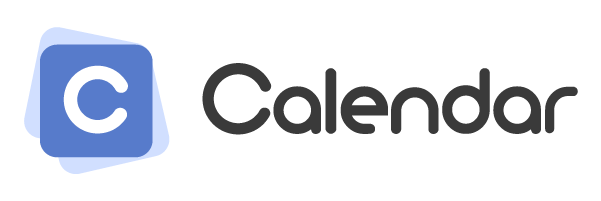
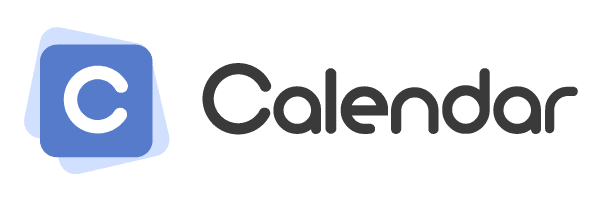
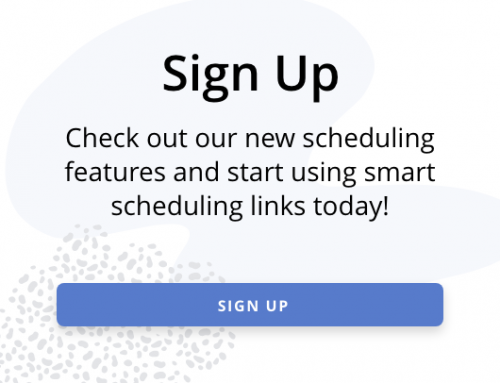



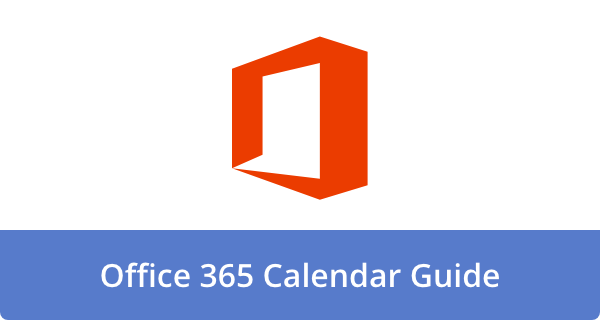
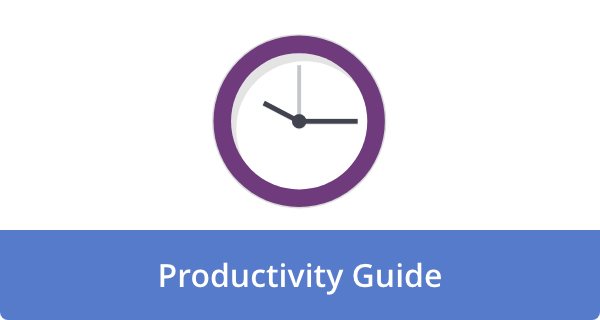


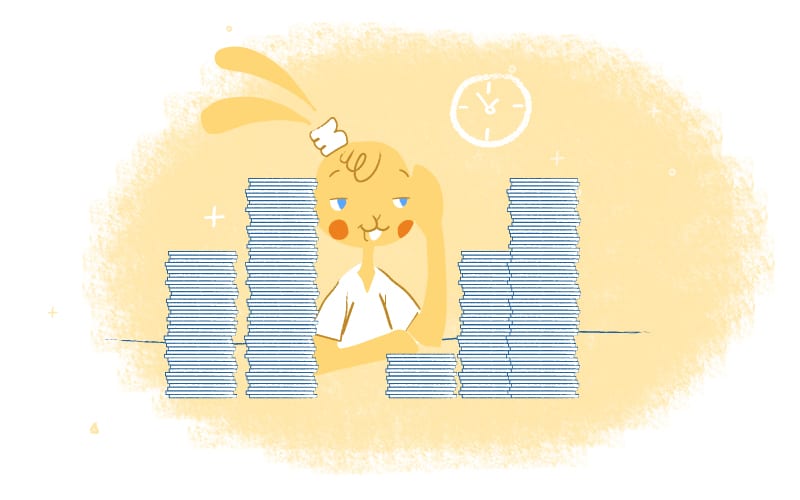
John Hall
John Hall is the co-founder of Calendar a scheduling and time management app. He’s also a keynote speaker that you can book at http://www.johnhallspeaking.com.